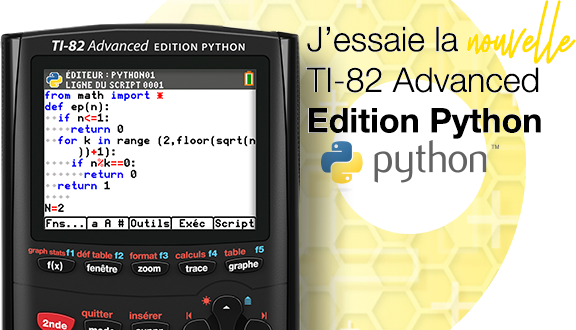EnergryReleaseRate
DownloadTélécharger
Actions
Vote :
ScreenshotAperçu

Informations
Catégorie :Category: nCreator TI-Nspire
Auteur Author: tonystrike
Type : Classeur 3.0.1
Page(s) : 1
Taille Size: 2.06 Ko KB
Mis en ligne Uploaded: 01/07/2025 - 15:08:59
Uploadeur Uploader: tonystrike (Profil)
Téléchargements Downloads: 3
Visibilité Visibility: Archive publique
Shortlink : https://tipla.net/a4771323
Type : Classeur 3.0.1
Page(s) : 1
Taille Size: 2.06 Ko KB
Mis en ligne Uploaded: 01/07/2025 - 15:08:59
Uploadeur Uploader: tonystrike (Profil)
Téléchargements Downloads: 3
Visibilité Visibility: Archive publique
Shortlink : https://tipla.net/a4771323
Description
Fichier Nspire généré sur TI-Planet.org.
Compatible OS 3.0 et ultérieurs.
<<
To calculate the energy release rate of a loaded structure with a crack, compliancebased methods can be used. Identify what needs to be measured/calculated to use these methods and identify and briefly explain three strategies that can be used to obtain it Different approaches in terms of mechanical teste are available to measure the energyrelease rate of a cracked structure. These are often compliance based, meaning that theydetermine that energy release rate through a measurement of the structure compliance, C. The quantities to be measured are the load, P, and the displacement, , applied to thestructure, as well as the crack size, a. The compliance is calculated with P and (C=/P), andits variation with a can be derived. Three strategies to perform these measurements are: " Specimen with cracks of different lengths: either in load or displacement control,specimen with increasing crack lengths (initial, there is no propagation! We are inthe elastic regime) are tested. We get C=/P for each case and thus a set of C - a points. From there, we measure ´C/´a and calculate the (critical) energy releaserate. [grafico do compliance] " DCB specimen: this consists in looking at a crack as a double cantilever beam.With some physical formulations, we can get the value of the energy release rateunder load or displacement control. [diagrama do dcb] " Area method: this consists in progressively loading a cracked sample until crackpropagation occurs, and then unloading it and loading it again up to a specifiedpoint. The energy release rate is given by the area under the curve delimited bythose points. [grafico da area] Made with nCreator - tiplanet.org
>>
Compatible OS 3.0 et ultérieurs.
<<
To calculate the energy release rate of a loaded structure with a crack, compliancebased methods can be used. Identify what needs to be measured/calculated to use these methods and identify and briefly explain three strategies that can be used to obtain it Different approaches in terms of mechanical teste are available to measure the energyrelease rate of a cracked structure. These are often compliance based, meaning that theydetermine that energy release rate through a measurement of the structure compliance, C. The quantities to be measured are the load, P, and the displacement, , applied to thestructure, as well as the crack size, a. The compliance is calculated with P and (C=/P), andits variation with a can be derived. Three strategies to perform these measurements are: " Specimen with cracks of different lengths: either in load or displacement control,specimen with increasing crack lengths (initial, there is no propagation! We are inthe elastic regime) are tested. We get C=/P for each case and thus a set of C - a points. From there, we measure ´C/´a and calculate the (critical) energy releaserate. [grafico do compliance] " DCB specimen: this consists in looking at a crack as a double cantilever beam.With some physical formulations, we can get the value of the energy release rateunder load or displacement control. [diagrama do dcb] " Area method: this consists in progressively loading a cracked sample until crackpropagation occurs, and then unloading it and loading it again up to a specifiedpoint. The energy release rate is given by the area under the curve delimited bythose points. [grafico da area] Made with nCreator - tiplanet.org
>>












